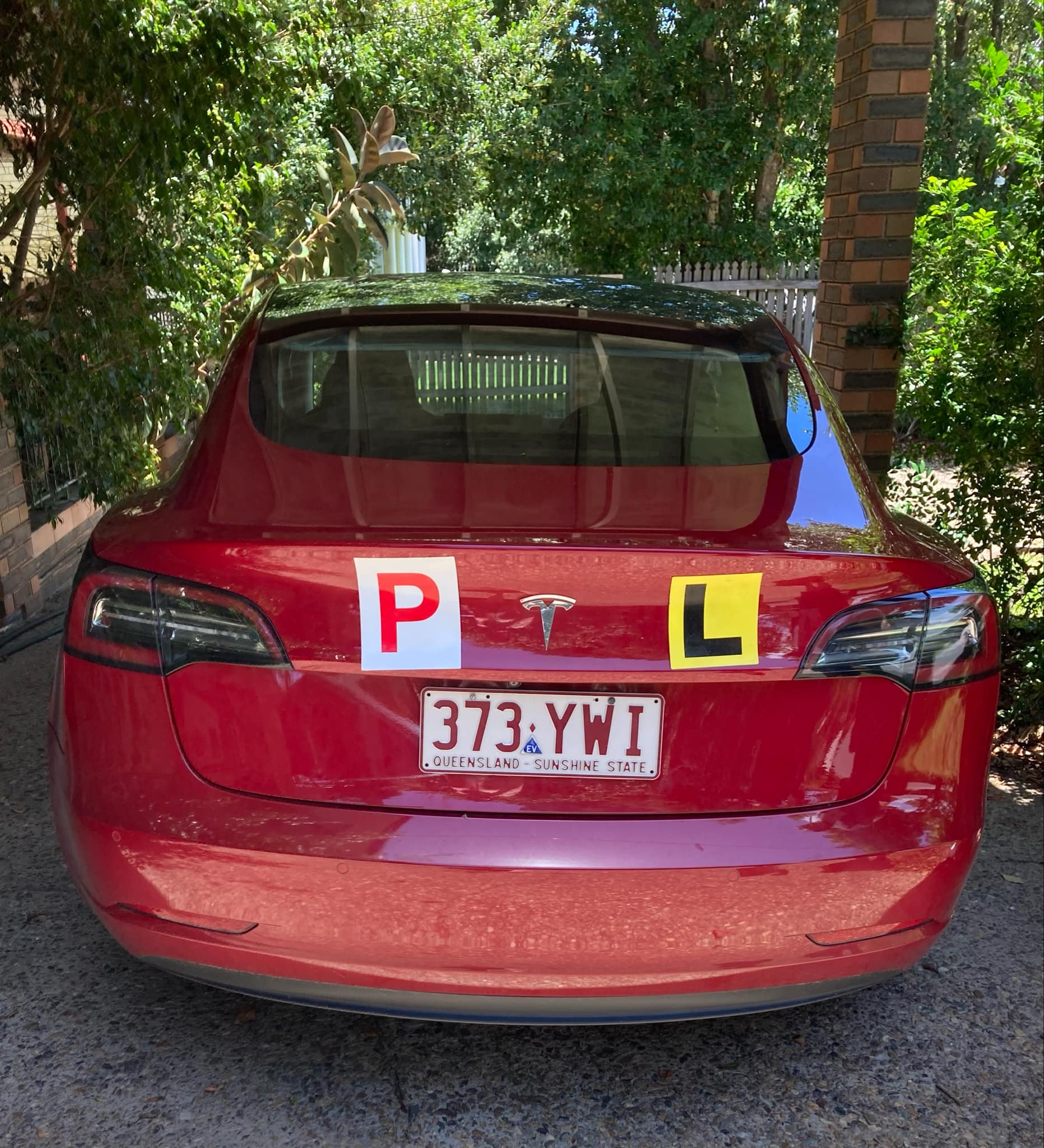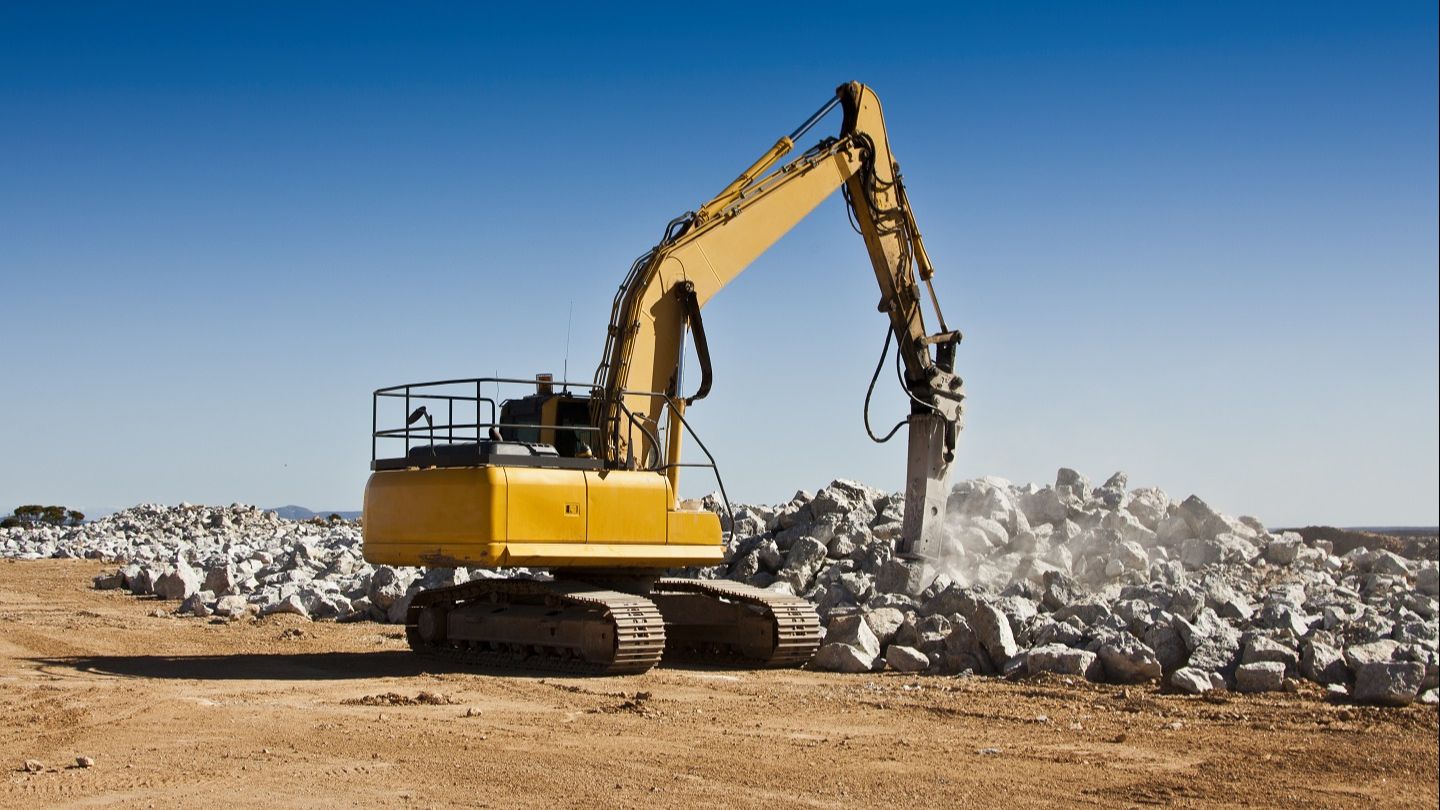Sign up for daily news updates from CleanTechnica on email. Or follow us on Google News!
A new electric train is heading from the US to Australia with a futuristic twist. Instead of spending hours to recharge its batteries while sitting at a charging station, the locomotive will deploy energy captured from its brakes while on the move. The payoff is lower fuel costs and a smaller carbon footprint along with less down time, too.
A US-Made Electric Train Is Coming To Australia, And It’s Pink
If you’re wondering why pink, that’s a good question. The Australian iron ore mining firm Roy Hill (a branch of Hancock Prospecting) ordered the new train. They stipulated pink to reflect to the philanthropic interests of the company’s chair, Mrs. Gina Rinehart, who is a strong supporter of the Australian National Breast Cancer Foundation among other organizations.
The manufacturer is the Pennsylvania-based firm Wabtec, which has been in hot pursuit of new opportunities to electrify locomotives here in the US and around the world.
To be clear, locomotives in the US and some other parts of the world have deployed electric drive for decades. The technology was introduced in the 1930s, offering performance, efficiency, and maintenance improvements over diesel engines as well as labor cost savings. These trains don’t run on battery power, though. The electricity comes from an on-board generator that uses diesel fuel.
Cutting diesel entirely out of the picture is a complicated task, partly on account of the need for new charging infrastructure. However, in 2021 the US Department of Energy explored the potential for electrifying locomotives here in the US. They gave the idea a thumbs-up in consideration of the country’s rail system, which is dominated by short-haul trips.
The research team, from the Lawrence Berkeley National Laboratory in California, made a bottom-line case for full electrification as well as an environmental case.
“At near-future battery prices, battery-electric trains can achieve parity with diesel-electric trains if environmental costs are included or if rail companies can access wholesale electricity prices and achieve 40% use of fast-charging infrastructure,” they explained, in a study published in the journal Nature Energy in 2021.
“Accounting for reduced criteria air pollutants and CO2 emissions, switching to battery-electric propulsion would save the US freight rail sector US$94 billion over 20 years,” they added.
First Big Step For Electric Trains
Wabtec first came across the CleanTechnica radar back in 2021, when it laid claim to the first all-electric locomotive to hit the rails in North America. The new “FLXdrive” battery-powered train was assigned to a 139-mile route between the suburban area of Pittsburgh, Pennsylvania, and the town of Conneat, Ohio.
Don’t get too excited just yet. As a first big step along the electrification journey, the new locomotive did not fly solo. It was shepherded along by two of Wabtec’s new high efficiency diesel-electric locomotives.
Still, Wabtec anticipated an impressive 30% cut in diesel emissions for the hybrid three-locomotive set compared to three conventional diesel-electric locomotives, and that has been catching attention in other parts of the world.
When CleanTechnica caught up with Wabtec last year, the company had its hands full with an order for four FLXdrive electric locomotives from the mining giant Rio Tinto, which plans to assign them to its rail operations in the Pilbara region of Western Australia following a series of shakedown tests in a rail yard.
Last year Wabtec also earned a slot as a founding member of Europe’s Rail Joint Undertaking, a program aimed at modernizing and decarbonizing the continent’s sprawling rail systems.
Infinity Trains Are Coming
The latest news from Wabtec is the Roy Hill order. The new locomotive will undergo track testing in the US before heading overseas next year with a battery capacity of 7 megawatt-hours.
“Based on the route and company’s rail operations, the FLXdrive is anticipated to provide a double-digit percentage reduction in fuel costs and emissions per train,” Wabtec enthused in a press statement.
The new electric train also demonstrates the “gravity train” or “infinity train” concept that has caught the eye of the mining industry.
Infinity trains leverage the heavy loads of mining trains to harvest energy from the braking system, which then goes to replenish the batteries. A similar system can be used to cycle the batteries in trucks and other vehicles.
“By using regenerative braking, it will charge its battery on the 344 kilometer (214 mile) downhill run from our mine to port facility and use that stored energy to return to the mine, starting the cycle all over again. This will not only enable us to realise energy efficiencies but also lower operating costs,” explained Hancock Group CEO Gerhard Veldsman.
As with the Pennsylvania-Ohio route, the new electric train will join Wabtec’s diesel-electric locomotives to form a hybrid setup. In addition to recharging itself through regenerative braking, the FLXdrive locomotive will pull double duty as an energy manager for the entire setup.
Wabtec also notes that the FLXdrive battery system is designed to withstand extremely hot conditions in Pilbara heat, which can range well into the triple digits.
Onward & Upward For Electric Trains
Other interesting developments in the rail electrification field include the idea of electrifying individual rail cars and sending them along their routes as single units or in convoys, with an assist from remote and autonomous technology.
Hydrogen fuel cell electric trains are also finding a foothold in rail systems. Here in the US, California has already emerged as a hot spot. The activity includes a test of fuel cell switcher locomotives for freight yards. Plans for a fuel cell commuter train are also in the works.
Keep an eye on Wabtec for some movement in that field as well. In 2021 the company entered into an agreement with GM to develop both batteries and fuel cells for electric trains. As noted by trains.com and other publications this year, Wabtec has also been formulating plans for introducing a hydrogen prototype in 2027.
That doesn’t necessarily mean fuel cells. Hydrogen fuel cells generate electricity through a chemical reaction between hydrogen and ambient air, but hydrogen fuel can also be burned in an internal combustion engine (check out more CleanTechnica fuel cell coverage here). There are pluses and minuses to both approaches, so stay tuned for more on that.
Follow me @tinamcasey on Bluesky, Threads, Post, or LinkedIn.
Photo: New 100% electric train recharges its own battery with regenerative braking, sports pink color scheme to raise awareness about breast cancer (courtesy of Wabtec).
Have a tip for CleanTechnica? Want to advertise? Want to suggest a guest for our CleanTech Talk podcast? Contact us here.
EV Obsession Daily!
I don’t like paywalls. You don’t like paywalls. Who likes paywalls? Here at CleanTechnica, we implemented a limited paywall for a while, but it always felt wrong — and it was always tough to decide what we should put behind there. In theory, your most exclusive and best content goes behind a paywall. But then fewer people read it!! So, we’ve decided to completely nix paywalls here at CleanTechnica. But…
Thank you!
Community Solar Benefits & Growth
CleanTechnica uses affiliate links. See our policy here.




